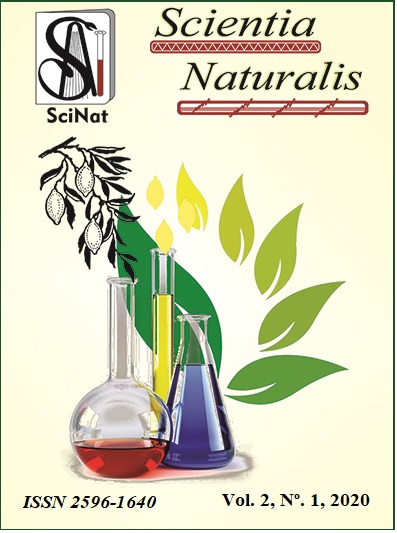Intermolecular forces twister game
Abstract
The methodologies used by teachers have a great influence on the teaching-learning process of students, especially in basic education. New teaching methodologies are being used in order to make both transmission and content assimilation more effective, making the traditionalist method not the only one to be used in schools. The practice of dynamic activities, which include playful activities based on games, has become increasingly frequent and with satisfactory results, from the theoretical-methodological point of view, especially in the case of so-called "taboo" contents in the teaching of Chemistry. In this sense, didactic games are a tool with great potential for teaching Chemistry, helping students to understand the contents in a more attractive, dynamic and fun way. This work reports the use of the twister game to approach the content of intermolecular forces. The game was well accepted as an auxiliary tool in the teaching-learning process of students, having aroused interest in the content, making the class more fun and strengthening teamwork. It is evident that didactic games make the study a pleasurable activity being more significant and interactive, besides contributing to the socio-emotional development of those involved.




